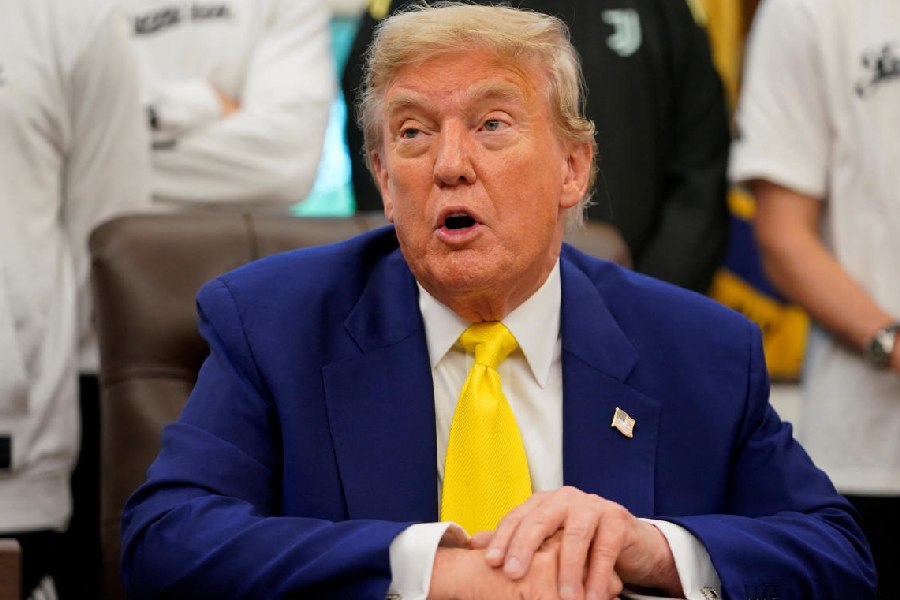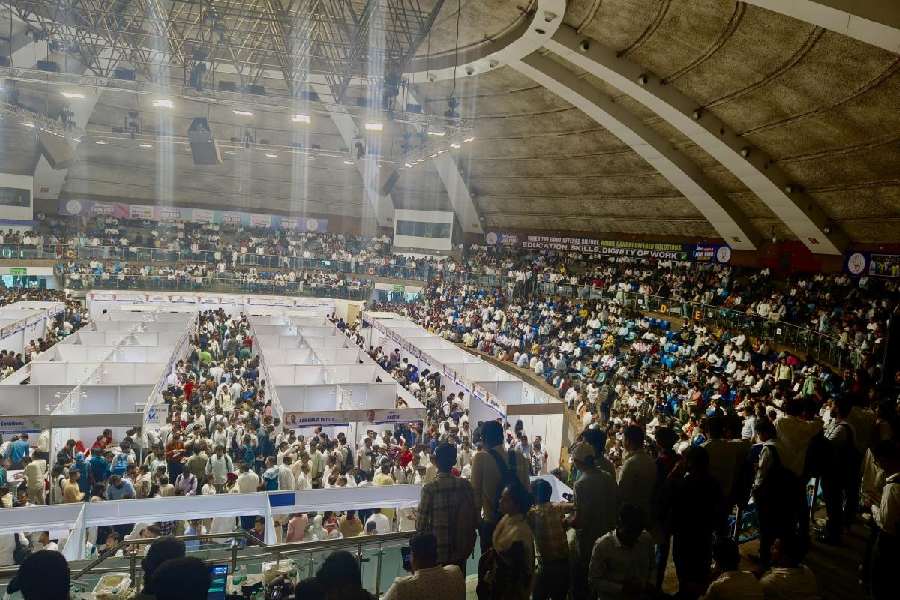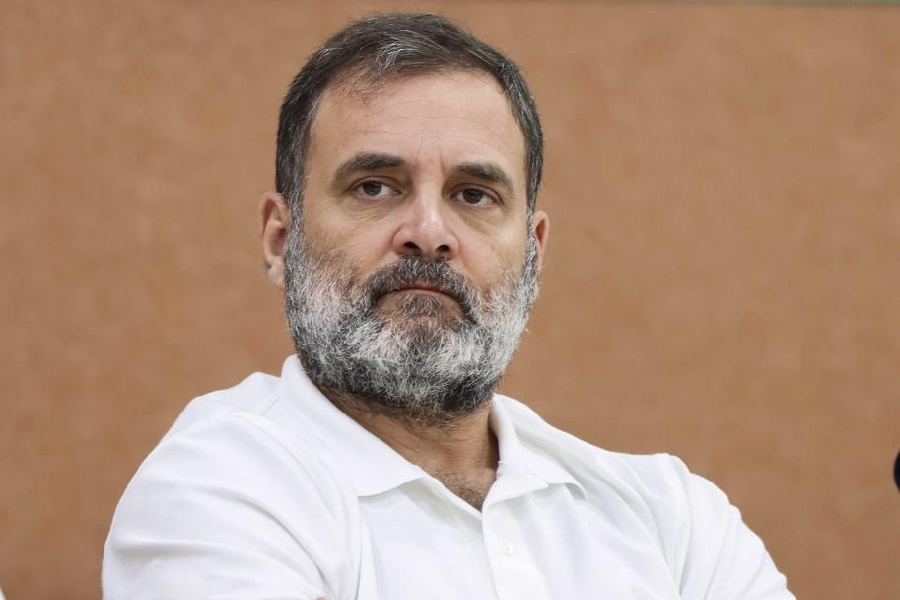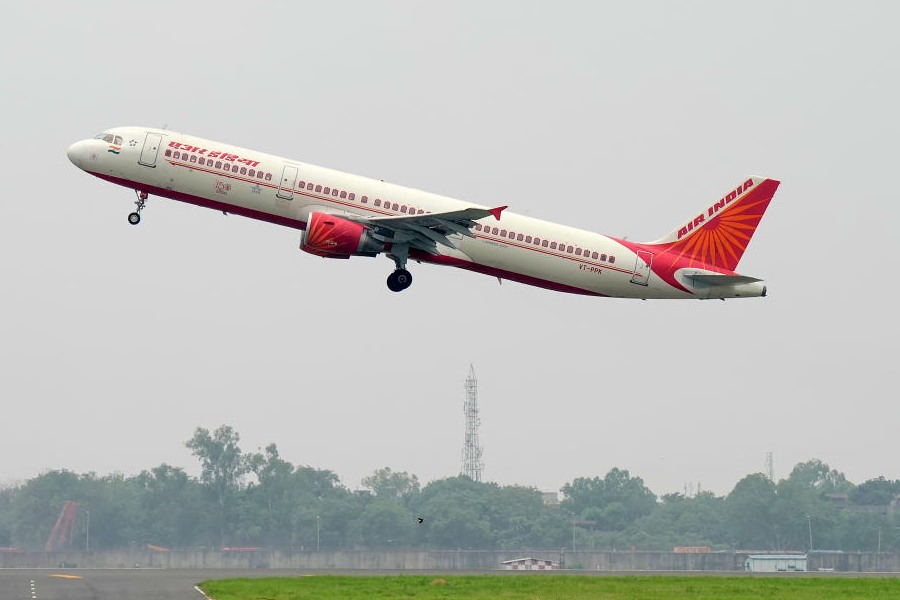Rarely has the collective conscience been so pacified as by the death sentence passed on Santosh Singh by the Delhi high court. Priyadarshini Mattoo’s assassin had not only violated all norms of humanity through his brutal rape and murder of the victim, but had also gone on to undermine all the processes by which society addresses a grievous wrong. The investigative procedure — and more unfortunately, the course of law itself — had been found susceptible to the murderer’s corrupting influence. But this influence was not peculiar to Singh alone. A slew of killers with the same cunning has repeatedly exposed the loopholes in the system. It was the public outrage against one of them that ultimately brought the focus back on Mattoo’s murderer. Thus Singh’s conviction by the due process of law and the retributive justice that has been meted out would go a long way in reinstating the established order of things, and returning to society the confidence it has been found seriously lacking of late. However, for this conviction to move down the various levels of society and to be felt more palpably, it would need more than instant justice in high-profile cases like Mattoo’s. Even in cases, like Jessica Lal’s and Nitish Katara’s, which have aroused intense emotions in the country, the judiciary will now have to expend enough energy to prove that justice is, after all, not such a rare occurrence.
There are some more issues that need speedy resolution to sort out the judicial process substantially — the debate on the efficacy and, thereby, the pursuance of capital punishment for one. The death sentence on Singh (like the one on Mohammad Afzal) has revived the arguments which will invariably follow the trial as it goes through the expected route to the apex court and then, possibly, to the president. The discomfort a liberal society is likely to feel in denying an individual a right as basic as the right to life has been felt at many levels, even at the highest ranks of the judiciary. The death penalty’s dependence on the discretionary powers of the judges, the seemingly arbitrary exercise of that authority, and the confusing evidence of its usefulness as a deterrent have complicated the debate. Perhaps the Indian State needs to re-evaluate its position on the matter.
There are other serious questions which may again crop up as Singh’s case proceeds. As the Supreme Court recently pointed out, the State needs to ask itself if the executive discretion of giving clemency does, at all, behove well for the judiciary, and for the confidence reposed in the judiciary by society? An answer to this would not only send out a definite message to ruthless killers like Singh, but also put an end to the helpless wait of those who have been sent to the gallows, but keep hoping for pardon.










